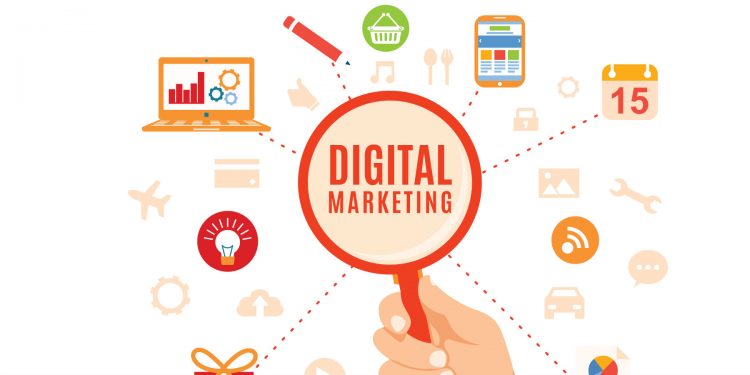Knowing your audience better allows you to craft messages that will entice new customers. That’s where defining your target audience comes in handy for strategizing. Conversely, if you don’t know who the receiver is, you risk wasting your time and energy.
No target audience means no branding strategy. Then how will you know what your brand should look and feel like? Read on to learn what a target audience is and how to find yours.
- What Is a Target Audience?
- Finding Your Target Audience
- Benefits of Defining Your Target Audience
- In Conclusion
What Is a Target Audience?
The target audience is quite straightforward to define. It is a term that refers to a group of individuals who are likely to become customers of a particular business. This potential customer segment is typically similar in terms of age, gender, socioeconomic status, location, education, interests, and purchasing intent.
Identifying your target audience allows you to create targeted marketing campaigns. This saves you resources used to cater to every consumer. Targeting everyone often means not getting your message across, so it’s critical to target those most likely to buy from you.
Men, women, teenagers, and children are some examples. Interests like shopping, sports, and cooking are common. Getting past basic demographics can help you better understand your target demographic. Understanding their role in the buying process will help you approach them effectively.
Finding Your Target Audience
Knowing your target demographic helps you create more compelling campaigns. But how do you know who your advertising is for? The best way to identify your target market is to define their needs. You can better target your product or service by identifying the pain points.
When identifying your target demographic, be as specific as possible. This way, your ads will reach the right people. The steps below will help you find your target audience.
-
Google Analytics
People nowadays spend more time online. In fact, most consumers use Google to find products and services like yours. Google Analytics collects extensive data on your site’s visitors. This data can help you figure out where your audience is coming from and what content they like best. Making data-driven content strategy decisions will help you optimize your website and increase online visibility.
-
Market Research
Data collection is essential when targeting your ideal customer. It will also help you identify market gaps that your product or service can fill. This knowledge will help you create more compelling ads that highlight your market niche and target those most likely to be interested in what you have to offer. It will also help you choose the best channels to communicate.
-
Insights From Social Media Analysis
It’s easier to find someone when you know who they are. It will also show you how your target audience interacts with your content on social media. They’ll also tell you what matters most to your audience and what drives their purchases. To create relevant content for a more personalized marketing experience.
-
Examine Your Current Customers
One of the best ways to define your target audience is to look at your current customers. You can quickly determine who your marketing efforts should target by looking at those who have shown genuine interest in your product or service and purchased it. It can reveal your target audience’s age, location, interests, and more. Keep an eye out for their social media interactions, or send out customer surveys through your website to learn more about them.
Benefits of Defining Your Target Audience
Defining your target demographic helps you advertise more effectively. Knowing who you’re talking to and how to reach them is critical to not wasting resources. While speaking to the general public can be useful at times, focusing on a specific demographic allows you to stay focused and directly reach potential customers.
Here are the main benefits of knowing your target audience:
-
Determines the type of content to be created
Knowing your audience helps you create better content. Directing your messaging to potential customers will help you increase sales. So before deciding what to say, how to say it, and where to say it, you must first determine who will receive it.
-
Ensures that you market to your target audience
Without a clear understanding of your target audience, you risk directing your marketing efforts in the wrong direction. This will impede the progress of your strategy and may result in resource waste.
-
Directs your marketing plan
Knowing your target audience enables you to focus your marketing efforts more effectively. It will enable you and your team to determine the most effective channels for spreading the word about your products and services.
In Conclusion
Marketing success requires targeting a specific demographic. It helps you focus your time, money, and other resources on those most likely to buy from you.
Your brand’s growth depends on knowing who your target audience is.







